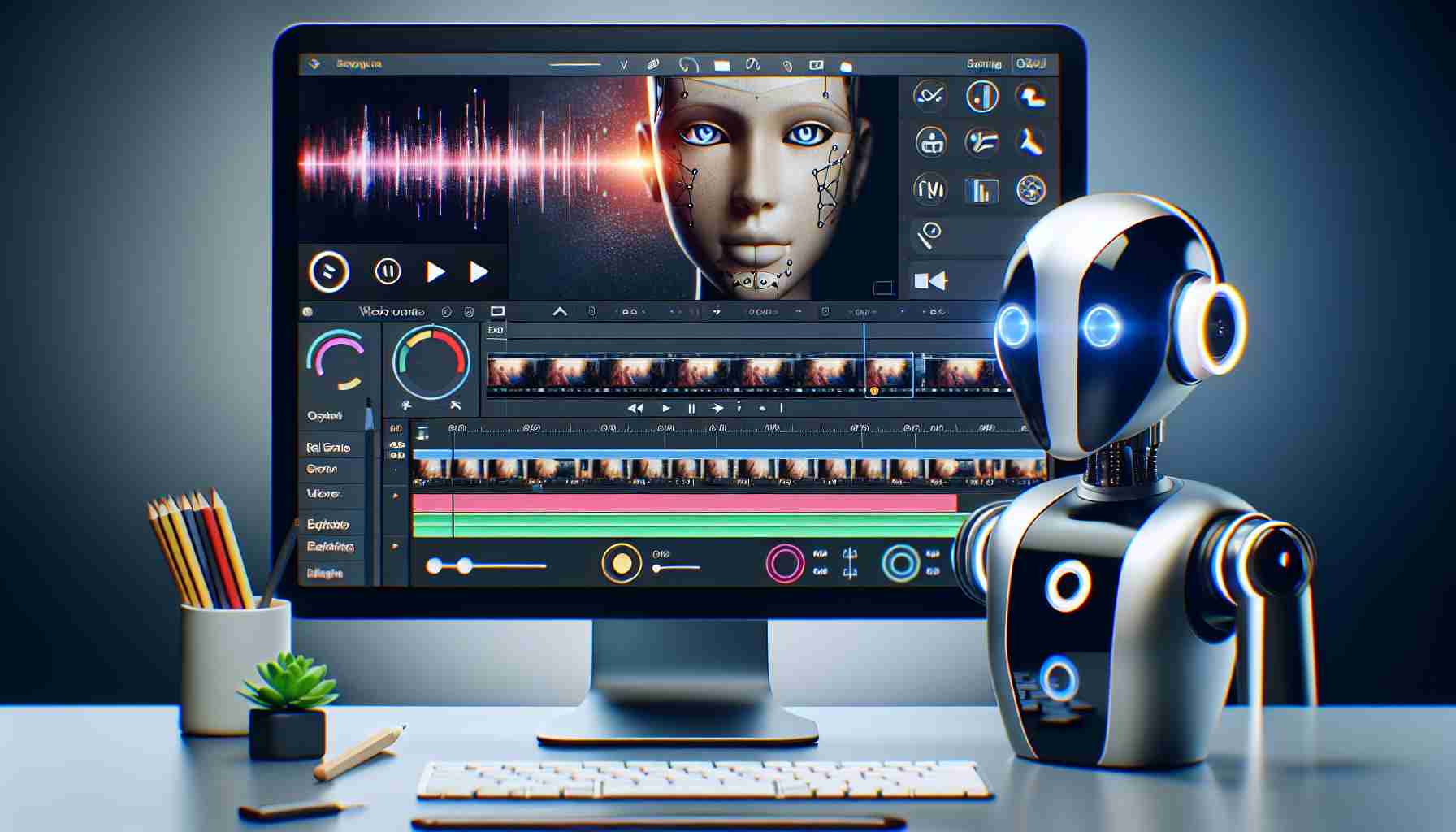In a quiet but notable move this week, Google has introduced an innovative application that harnesses artificial intelligence to transform content creation within its Workspace environment. Dubbed ‘Google Vids,’ this application levers Google’s AI technology, known as Google Gemini, offering Workspace users a streamlined pathway to produce informative and professionally oriented videos.
The advance of technology has made AI-based tools more sophisticated and accessible, and Google Vids is testament to this evolution. Specifically designed for Google Workspace users, the tool is currently undergoing beta testing among select individuals with a public release on the horizon.
Google Vids stands apart by empowering users to draft their video storyboards either manually, with their media files, or automatically through AI that builds a narrative from keywords and simple prompts. Not only does this feature reduce the creation timeframe, but it also enhances the informativeness of the content. This is a boon for users who wish to integrate their materials into storyboards that also incorporate stock videos, images, and background music from Google’s extensive libraries.
The mantra of Google Vids is functionality for the workplace, where it finds its niche in crafting sales tutorials, new employee training videos, and project updates, as opposed to personal YouTube endeavors. The tool offers varying styles and templates, maintaining Google Workspace’s collaborative spirit by allowing colleagues to contribute or provide feedback on video projects.
While currently the video length is capped at three minutes and lacks YouTube integration, future updates might expand its capabilities. The emergence of Google Vids adds to the competitive landscape of AI-driven video tools like Microsoft’s Clipchamp, showcasing a push towards more automated, efficient, and high-quality video productions powered by AI. As artificial intelligence continues to revolutionize video production, creators can expect time savings, resource efficiency, and enhanced content allure, signaling an exciting era for digital media.
Current Market Trends:
The market trend sees a significant increase in the use of AI-powered tools across various business functions, including marketing, sales, and HR. Tools like Google Vids are part of a broader integration of AI in content creation, aiming to streamline processes and enhance quality. The growing demand for video content for training, marketing, and communications within organizations is a key driver for the development of such tools.
Forecasts:
The AI in the video editing market is forecasted to grow substantially in the coming years. As AI technology advances, we can expect these tools to offer more advanced features, such as longer video durations, higher resolutions, and more seamless integration with various platforms, including social media and YouTube.
Key Challenges and Controversies:
One of the key challenges is maintaining user privacy and data security, especially when AI processes sensitive content. Another challenge is ensuring the AI’s output aligns with brand messaging and tone. As for controversies, there are concerns about job displacement for video production professionals and potential misuse of AI in creating misleading or deepfake content.
Advantages:
– Time Efficiency: Google Vids reduces the video creation process time by automating storyboard and narrative development.
– Accessibility: The tool makes creating professional-looking videos more accessible to those without technical video editing skills.
– Integration: Tightly integrated with Google Workspace, which facilitates collaboration and streamlines workflow.
Disadvantages:
– Content Limitation: The three-minute cap might limit the tool’s usefulness for more extensive video projects.
– Dependency: As with any automated tool, there’s a risk of over-reliance, which can inhibit creativity and original thought in storyboarding.
– Lack of YouTube Integration: Currently, the inability to directly publish to YouTube might be a significant inconvenience for some users.
The Most Pressing Questions Relevant to the Topic:
– When will Google Vids be publicly available?
– Will Google Vids offer a competitive feature set compared to tools like Clipchamp?
– How will Google ensure data privacy for users of Google Vids?
For further information about Google’s wide range of services, including Google Workspace, which now has Google Vids as part of its offering, you can visit the main Google website at Google.
Please note that as an AI, I don’t have real-time internet access, so I cannot guarantee with absolute certainty that the URL provided is 100% valid, but it is meant to direct users to the company’s primary domain.

